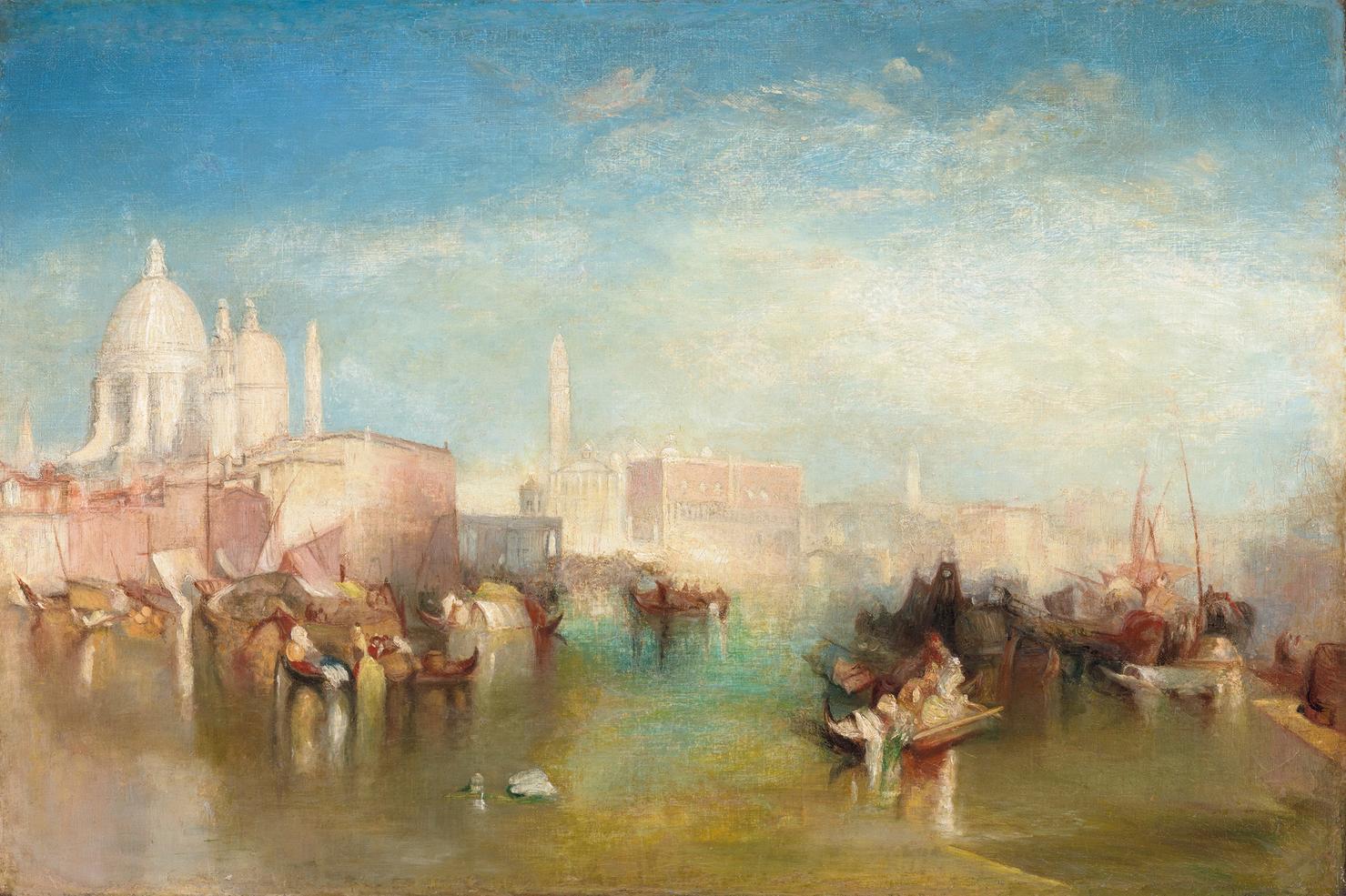Venice Oil Painting by Joseph Mallord William Turner rediscovered in Vienna

A sister painting of Turner's ‘Venice from the Canale delle Giudecca with the Church of Santa Maria della Salute’ has been discovered in Vienna. This scientific result was announced today. In a comprehensive publication, experts explain the art-historical background and scientific image analysis. It is planned to sell Turner's masterpiece.
DDr. MMag. Franz Smola, curator of 19th and 20th century art at the Belvedere in Vienna: ‘The fact that this discovery took place in Vienna, of all places, is another surprise. However, Vienna always played at least a peripheral role for Turner. There is evidence that he stayed in Vienna twice, in 1833 and 1840.’ In 2022, DDr. MMag. Smola was curator of the exhibition ‘Viva Venezia! Inventing Venice in the 19th Century’. After the end of the Belvedere exhibition, a further expert opinion was commissioned on the Turner painting that had already been suspected at the time. This came to the conclusion that the pigments that could be found in the picture were from Turner's colour palette. ‘All scientific research proves that this can only be a painting by Turner. This is a wonderful rediscovery of a masterpiece in Vienna,’ said Smola.
A large number of technological examinations of the painting's technique had already been carried out in the past. The results of these analyses also consistently confirmed that the colours used by Turner are undoubtedly those used in this work. At the Institute for the Science and Technology of Art at the Academy of Fine Arts Vienna, non-destructive X-ray fluorescence analysis (RFA) was used to analyse the painting itself, which revealed that Turner had also used aureolin (cobalt yellow), among other things, in this work.
Prof. Dr. Katja Sterflinger, Head of the Institute for the Science and Technology of Art at the Academy of Fine Arts Vienna: ‘Our analysis enabled us to verify Turner's colour palette. In addition, we were able to determine the suspected use of aureolin in Turner's painting by means of X-ray fluorescence and FTIR analyses. This is a new finding in research on J. M. W. Turner, which leads to an expansion of his palette and a need for further research into the artist's already known paintings. With today's analytical equipment, the use of this pigment could also be detected in other works.’
There are some indications in the publication of the painting's journey to Vienna, but no complete provenance. In any case, the purchase of the work by one of the previous owners in Vienna is documented in 1980. In 2005, the present owner acquired the work by William Turner from an Austrian private collector. The new owner made the painting available for further scientific research, which ultimately led to this rediscovery and made the new findings about Joseph Mallord William Turner possible.
The scientific publication issued on this occasion for the rediscovered work ‘Venice, seen from the Canale delle Giudecca, with the Church of Santa Maria della Salute’ by J. M. W. Turner can be downloaded from the following link: https://presentation.next.artbutler.com/en/showrooms/8c06209a-e19d-4171-991f-2da03db1054d
